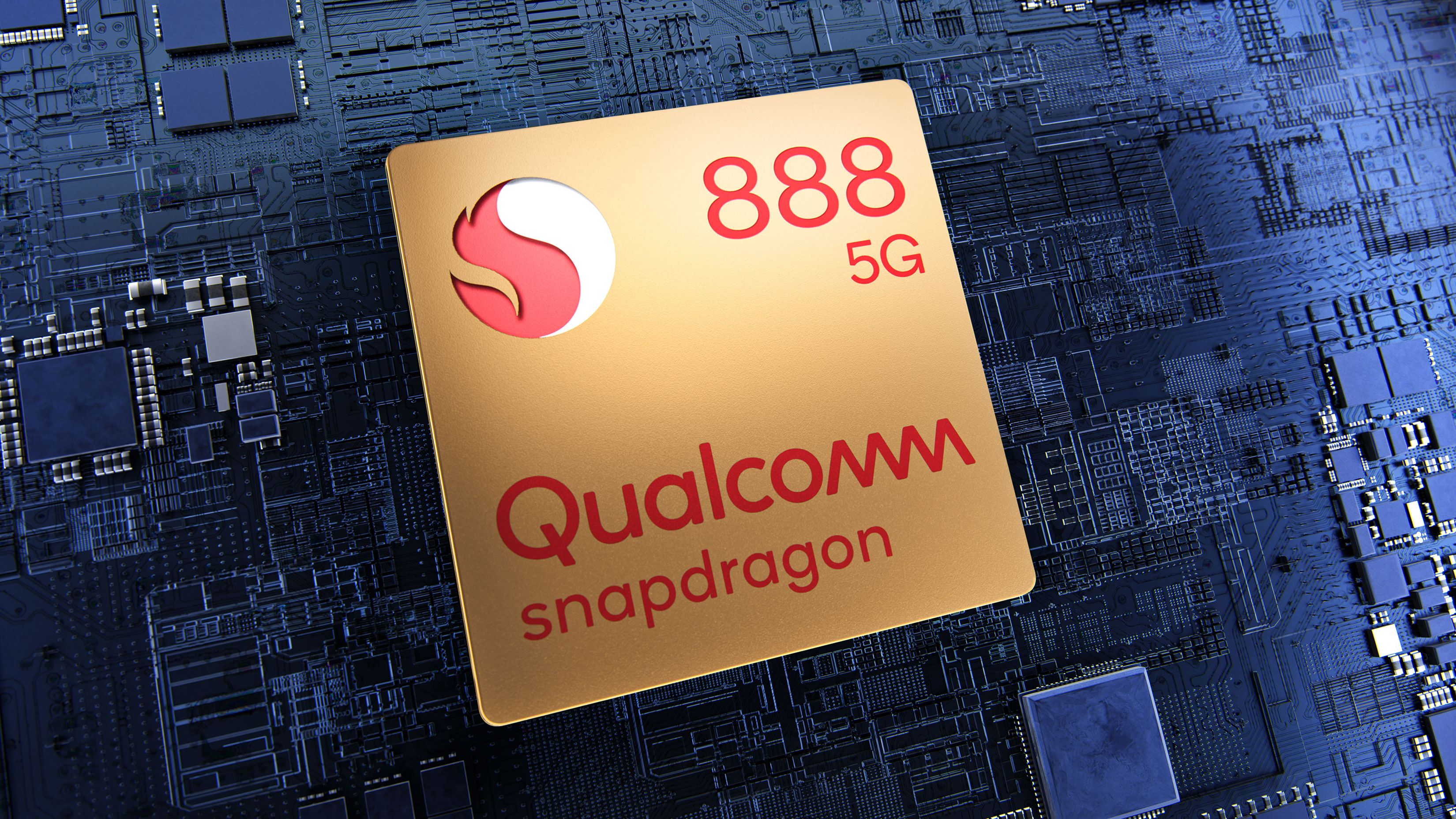First Snapdragon 888 phones look to be Oppo Find X3, Xiaomi Mi 11 and more
A cavalcade of flagships

Qualcomm has unveiled the Snapdragon 888 – its latest flagship chipset, and the one that’s likely to power many of 2021’s top phones. Already we know what some of those phones are, with Oppo, Realme and Xiaomi confirming handsets that will include the Snapdragon 888.
First up, Oppo has announced that its next Find X flagship will include the chipset, almost certainly meaning the Oppo Find X3 (and likely the Oppo Find X3 Pro too).
This will apparently land in the first quarter of 2021, but we don’t know much else about it yet, other than that it will use a new ‘Full-path Color Management System’, which is designed to improve the range and accuracy of colors on the screen.
- Check out the best Oppo phones
- These are the best Xiaomi phones
- Read our full Realme 7 Pro review
Next up, Realme has confirmed that it has a new phone codenamed ‘Race’ in the works, which will apparently be among the first phones to use the Snapdragon 888.
The company hasn’t said anything else about the phone, but a leaked ‘About phone’ screenshot shared by GSMArena states that the Realme Race will have 12GB of RAM and 256GB of storage, while an accompanying image of the phone shows a quad-lens camera in a circular bump.
Exclusive: Realme "Race" is coming with the Snapdragon 888 chipset, here's what it looks like https://t.co/HHoS9lyFIJDecember 1, 2020
Finally, there’s Xiaomi, which has announced that the Xiaomi Mi 11 will be one of the first phones to use the Snapdragon 888. We’ve heard a rumor that this phone could land before the end of the year, but that seems unlikely. Still, we probably won’t be waiting too much longer, and it’s likely to land alongside an even higher end Xiaomi Mi 11 Pro.
While these are the only companies that have confirmed they’ll be using the Snapdragon 888 at the time of writing, we’re almost certain that a number of others will too.
Get daily insight, inspiration and deals in your inbox
Sign up for breaking news, reviews, opinion, top tech deals, and more.
That includes OnePlus with the OnePlus 9, Sony with the Sony Xperia 1 III, and – at least in some regions – Samsung with the Samsung Galaxy S21. In other words, if you buy a high-end Android phone in 2021, there’s a good chance it will be powered by the Snapdragon 888.
- The Motorola Edge 2 will also probably use the Snapdragon 888
James is a freelance phones, tablets and wearables writer and sub-editor at TechRadar. He has a love for everything ‘smart’, from watches to lights, and can often be found arguing with AI assistants or drowning in the latest apps. James also contributes to 3G.co.uk, 4G.co.uk and 5G.co.uk and has written for T3, Digital Camera World, Clarity Media and others, with work on the web, in print and on TV.